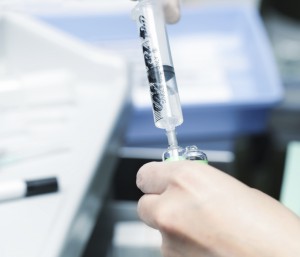When you’re living with incontinence, you’ll try anything to lighten the burden of frequent bathroom visits. But, are you sabotaging yourself? Here are 8 things that make incontinence worse, as suggested by Health.com.
1. Make fewer trips to the water cooler
It makes sense that consuming too much liquid is a problem for those who suffer from incontinence. However, it’s important to keep hydrated. Generally, doctors recommend drinking about two liters of fluid a day.
2. Dial back the morning pick-me-ups
Love your morning cup of joe? Caffeine, like alcohol, is both a diuretic and a bladder irritant. Decaf and tea can do just as much damage so wean yourself off of the caffeine addiction.
3. Put away the pop
Containing both caffeine and carbonation, carbonated drinks have been shown to worsen incontinence symptoms. The more you can stick to a natural diet without colorings and chemicals, the better.
4. Stop the sweet tooth
Sugary foods including those that contain honey, corn syrup and fructose have been shown to aggravate your bladder. Put away the Splenda, artificial sweeteners may be no better. Research has shown that even the substitute stuff contributes to urge incontinence.
5. No more hot tamales
Studies suggest that spicy foods can be a trigger for overactive bladders. If you notice a problem, cut back on the curry and hot sauce.
6. Cut back on the booze.
Alcohol is a diuretic. It causes you to produce more urine, which can contribute to urge incontinence. Try to limit yourself to one drink a day.
7. OJ is “Oh no!”
The age-old cure of orange juice may be a curse for those with incontinence. Acidic foods and beverages can irritate your bladder and possibly worsen incontinence symptoms.
8. Monitor your medication
Certain heart medications such as blood pressure-lowering drugs, muscle relaxants and sedatives tend to worsen incontinence. Talk to your doctor about whether your prescription medications might be contributing to your bladder problems.






 How do Bladder Botox Injections Work?
How do Bladder Botox Injections Work?